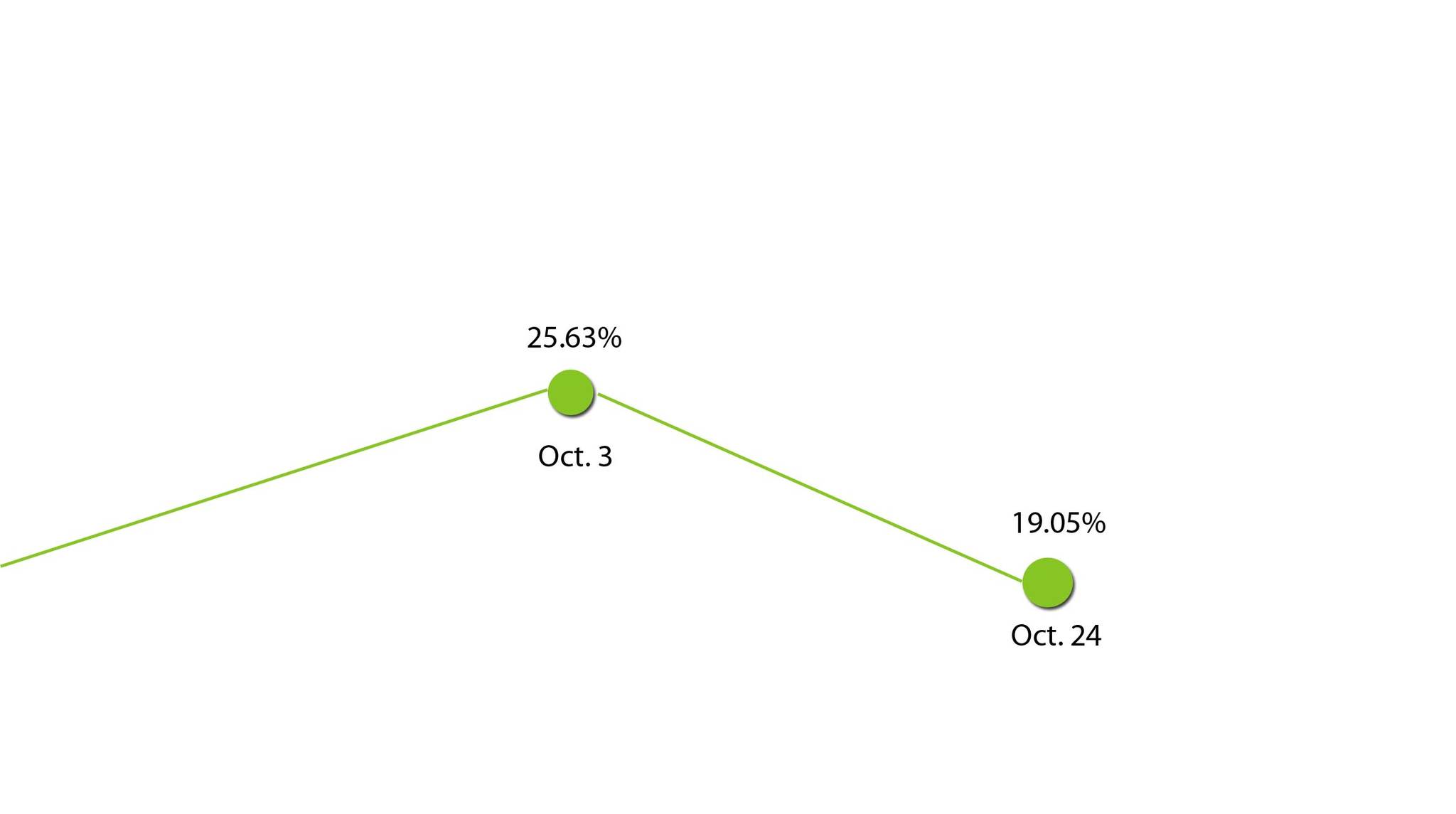The scenes at Kenai Peninsula polling sites were very different on Oct. 3 and three weeks later on Oct. 24.
On Oct. 3, lines stretched out the door at Soldotna City Hall and at various other polling stations. Parking lots were choked with cars. Poll workers kept the lines moving quickly as they cycled people through the booths. Cookie trays were empty and “I voted” stickers rode on many jackets.
Three weeks later, most polling sites were quiet all day. Early morning snow made the roads slippery, possibly keeping some voters home, and others may not have been aware of the runoff election for borough mayor between Charlie Pierce and Linda Hutchings. Between the two elections, 3,712 fewer people voted.
Pierce won the election by a narrow margin after all absentee ballots were counted.
When the Kenai Peninsula Borough Assembly certified the election results Tuesday night, he won by 45 votes. He will be sworn in as borough mayor on Monday.
The regular election brought out 12,254 people to vote, 2,853 of them absentee. Only 8,542 voted in the runoff election, 1,666 of them absentee, according to election results. That’s a 30.3 percent drop in participation between the two elections.
The number of voters also dropped off between the regular and runoff elections in 2011, but not by as much. In the regular mayoral election, 10,211 people voted, compared to 9,583 in the runoff, according to borough records. Voter turnout also dropped off in 2005 between the regular election and the runoff — 10,627 voted in the regular compared to 7,668 in the runoff, according to borough records.
Local elections tend to have low voter turnout around the country. A study from Illinois Wesleyan University published in 2016 found that average turnout in large U.S. cities for local mayoral elections averaged about 27 percent, with turnout declining over time. For smaller cities, that average fell around 21.65 percent, according to the study. Having to cast two ballots and return on a separate day for a separate election usually leads to lower turnout in runoff elections, according to voting advocacy group FairVote.
For the runoff election, absentee participation dropped the most — 1,187 fewer absentee ballots came in, according to election results. Every single precinct other than Seldovia/Kachemak Bay and Tyonek had turnout above 21 percent in the first round, but all fell in the runoff, some dramatically. For example, Bear Creek’s voter turnout dropped from 392 ballots cast to 90, falling from 25.24 percent turnout to 5.79 percent. Seward/Lowell Point also fell dramatically, from 489 votes to 136, or from 25.98 percent to 7.38 percent.
Reach Elizabeth Earl at elizabeth.earl@peninsulaclarion.com.

